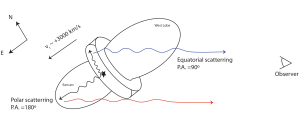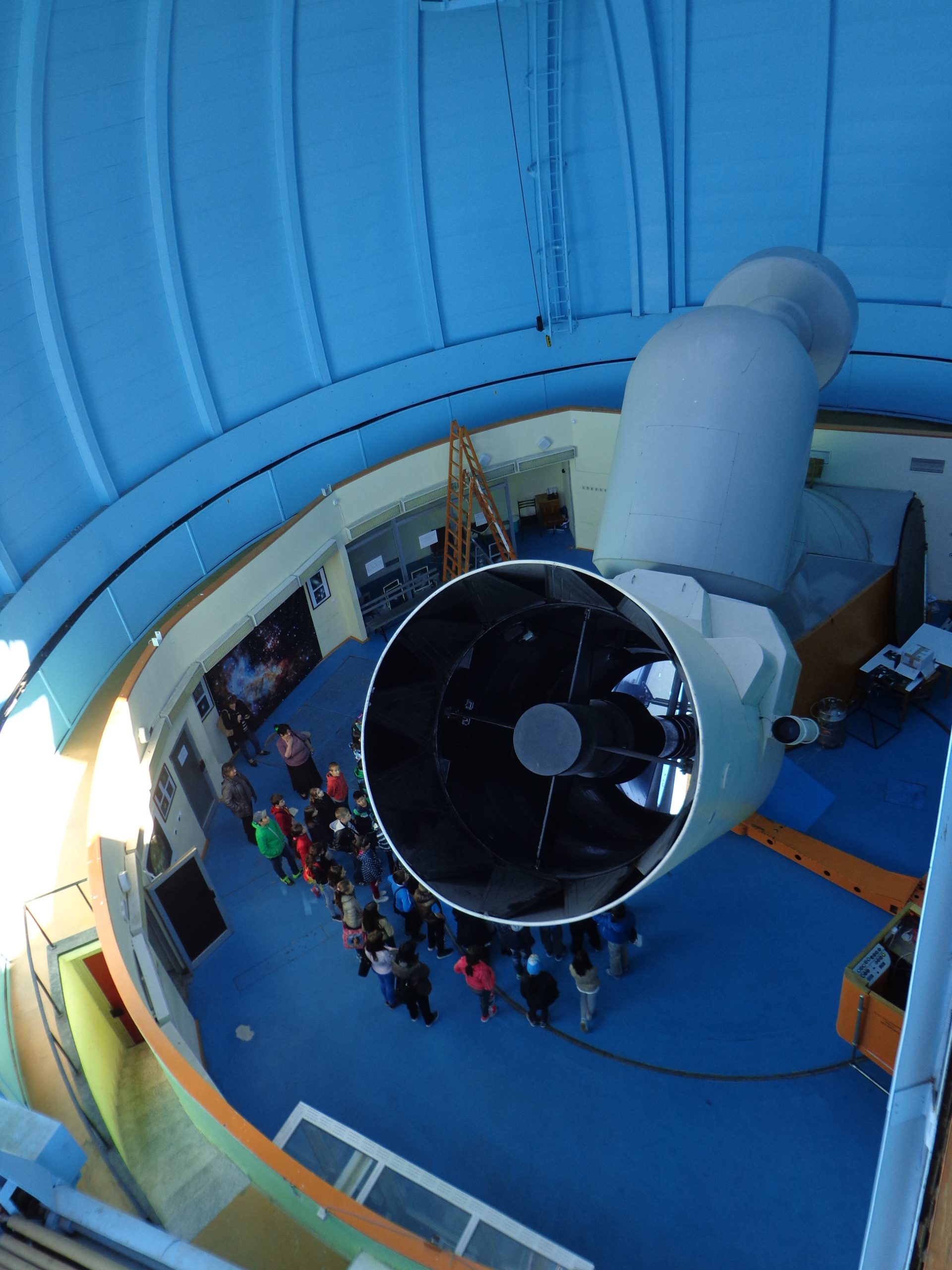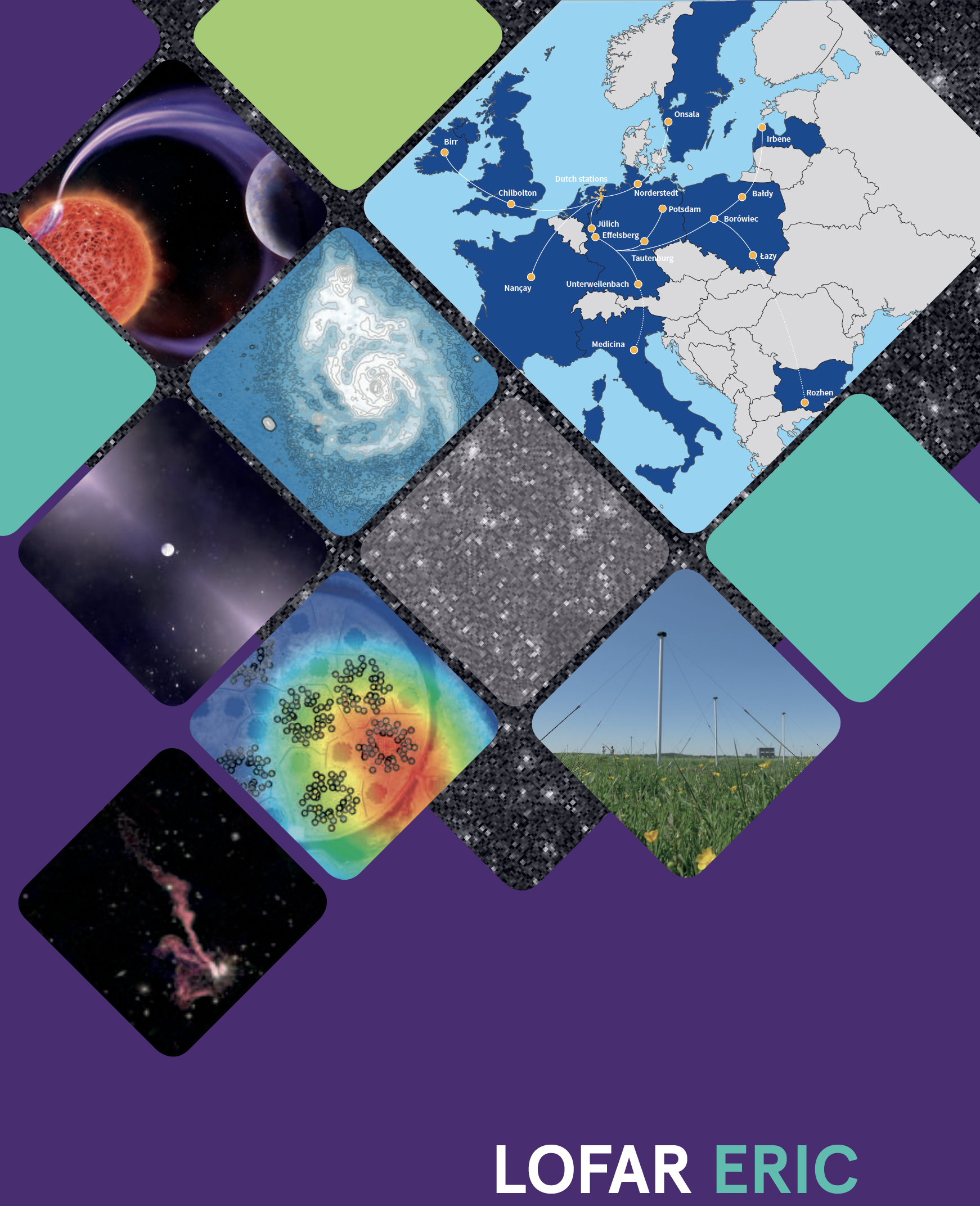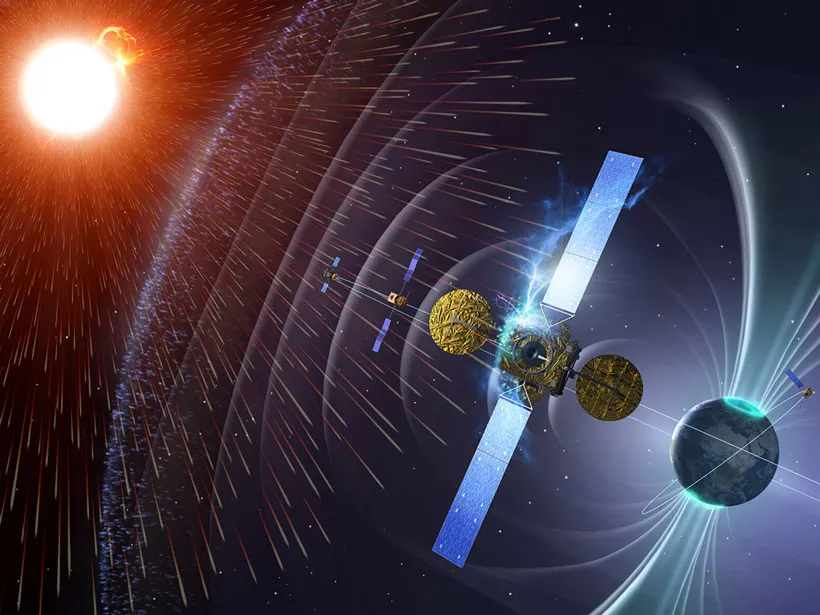Sen. Asst. Prof. Yanko Nikolov, PhD from IA with NAO is a lead researcher in an international team
Research conducted with the 2-m telescope at NAO Rozhen with lead researcher Sen. Asst. Prof. Yanko Nikolov, PhD, from the Institute of Astronomy with National Astronomical Observatory, tracked the eruption of the symbiotic star RS Oph as a nova on August 8, 2021. Astronomers from Bulgaria, Argentina and the USA have participated in the study. The results have been accepted for publication in the prestigious scientific journal Astronomy & Astrophysics and can be found with open access at: https://arxiv.org/abs/2309.11288. The research will be presented by astronomer Yanko Nikolov to a wide audience at the Varna Science Festival on 29 October.
Novae eruptions occur in binary star systems, one component of which is a white dwarf. When material from a mass-donor star hits the surface of the white dwarf, it reaches high density and temperature, and a thermonuclear explosion occurs.
In recent years, interest in these stellar objects has increased with the discovery that they are also sources of gamma rays. Theoretical studies suggest that the collision of high-velocity matter ejected from a thermonuclear explosion and circumbinary material results in regions dense and cold enough to form dust hours/days after the explosion. Detecting dust so early after the eruption has so far presented difficulties for observers. According to the results obtained in this study, dust was formed in the first two days after the outburst, and within nine days it was destroyed in the inhospitable environment.
RS Oph observations (right) two days after the eruption show a slowly expanding circle in the equatorial plane and rapidly expanding polar regions. These are also where dust formed after the eruption.
The distance to the RS Oph star system is about 7,800 light-years, and observations with the largest telescopes at this distance reveal details in the formation of an asymmetric envelope days after the eruption. In RS Oph the circumbinary material has a higher density in the equatorial plane. The “collision” of ejecta due to the thermonuclear explosion with the increased density of matter in the orbital plane leads to the development of an asymmetry – a slowly expanding ring-like structure and rapidly moving matter in a direction perpendicular to this plane.
The method used to study this object (spectropolarimetry) allows to record the earliest asymmetry development so far in this class of objects and is expected to be applied to the expected outburst of the symbiotic star T CrB.
“Astronomy & Astrophysics” (A&A) is a monthly peer-reviewed international scientific journal that publishes articles on all aspects of theoretical, observational and instrumental astronomy and astrophysics. It is managed by an editorial team overseen by a board of directors that represents 27 sponsoring countries and includes a representative of the European Southern Observatory.

Наблюденията на RS Oph (вдясно) два дена след избухването показват бавно разширяващ се пръстен в екваториалната равнина и бързо разширяващи се полярни области. Това са и местата, където се образува прах след избухването.






